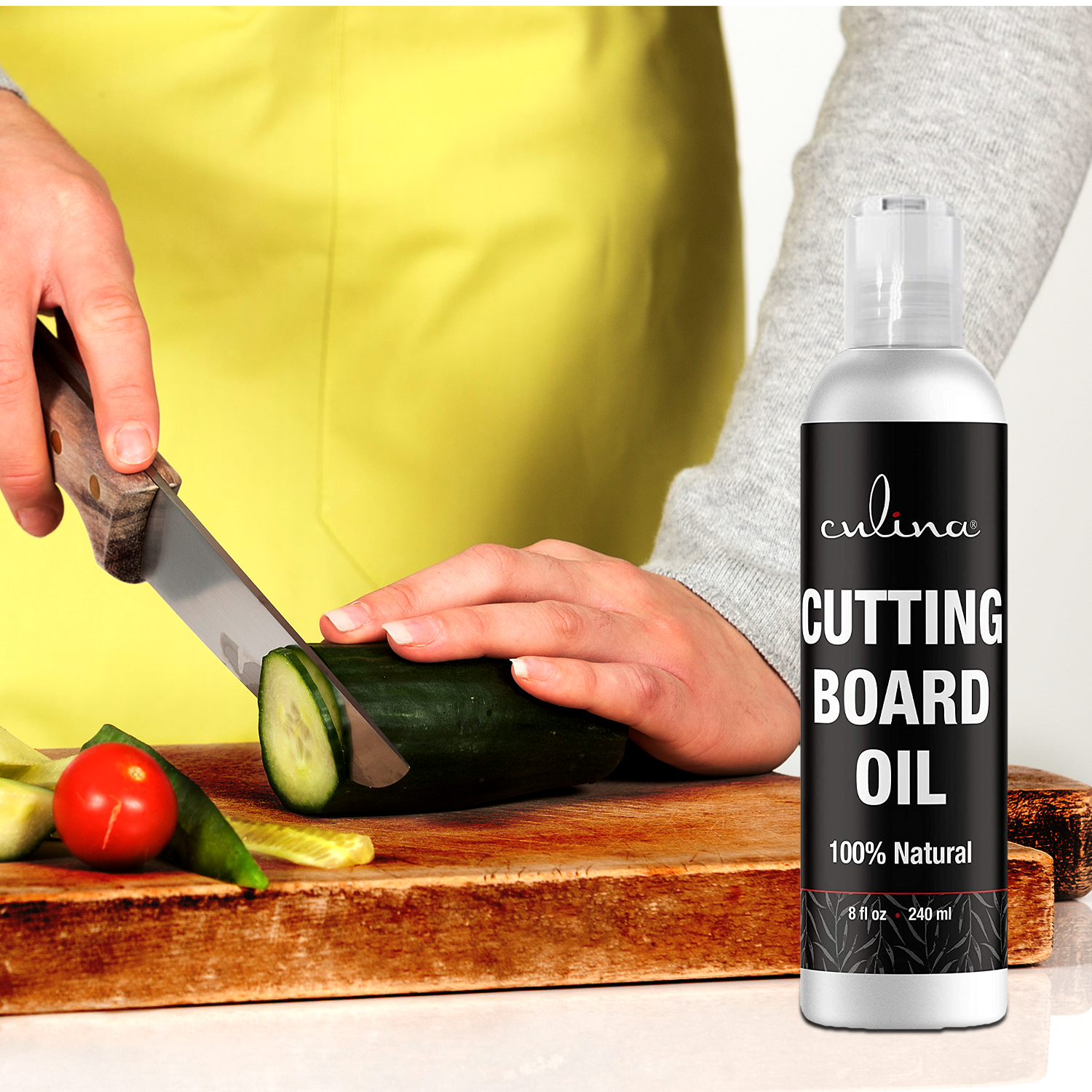Choosing the right cutting board for meat is essential for maintaining hygiene and ensuring the best cooking experience. Whether you are a kitchen professional or a home cook, understanding the intricacies of different cutting boards is crucial. This article provides an in-depth look at the various types of cutting boards and their suitability for meat preparation.

Introduction to Cutting Boards for Meat
Meat preparation requires a clean, sturdy, and durable surface. While there are many types of cutting boards available, not all are suitable for meat. The main cutting board types include plastic, wood, bamboo, and composite materials.

Plastic Cutting Boards
Advantages of Plastic Boards
Plastic cutting boards are popular due to their affordability, ease of cleaning, and durability. They are also suitable for dishwashers.
Drawbacks of Plastic Boards
However, plastic boards can develop knife scars, which might harbor bacteria. Therefore, regular sanitation is necessary.

Wooden Cutting Boards
Benefits of Wooden Boards
Wooden cutting boards, particularly those made from hardwoods like maple, are favored for their durability and knife-friendliness. They are also aesthetically pleasing and add a touch of elegance to your kitchen.
Limitations of Wooden Boards
One of the main concerns with wooden boards is their maintenance. They cannot be placed in the dishwasher and require regular oiling to prevent drying out. Learn more about cleaning wooden cutting boards.
Bamboo Cutting Boards
Pros of Bamboo Boards
Bamboo cutting boards are eco-friendly, lightweight, and relatively hard, making them a good choice for meat cutting.
Cons of Bamboo Boards
However, they are prone to splitting and can be tough on knives. They also require regular oiling, similar to wooden boards.
Composite Cutting Boards
Advantages of Composite Boards
Composite cutting boards are made from a combination of materials like paper and resin. They are durable, dishwasher safe, and gentle on knives.
Disadvantages of Composite Boards
The primary drawback is their cost. Composite boards can be expensive, but their durability might justify the investment in the long run.
Material Comparison
To help you decide which cutting board to use for meat, here is a comparison of the different materials:
- Plastic boards: Easy to clean, affordable, but prone to knife scars.
- Wooden boards: Durable, knife-friendly, but require maintenance.
- Bamboo boards: Eco-friendly and hard, but can split and damage knives.
- Composite boards: Durable and versatile, but expensive.
Maintenance and Care Tips
Sanitizing Your Cutting Board
Regular sanitizing is vital to prevent bacterial buildup, especially when using the boards for meat. For more information on this, refer to this guide on cleaning and sanitizing cutting boards.
Preventing Cross-Contamination
Use separate cutting boards for meat and other food items to avoid cross-contamination. Color-coded boards can help in maintaining this separation effectively.
Specialized Cutting Boards for Meat
Cutting Boards with Juice Grooves
For meat preparation, consider cutting boards with juice grooves to trap juices and prevent mess. Learn how to cut juice grooves in cutting boards.
Antimicrobial Boards
Some cutting boards are treated with antimicrobial agents to reduce the risk of bacterial growth. These can be a great option for meat cutting.
FAQs
How often should I replace my cutting board?
It depends on the material and usage. Plastic boards need to be replaced more frequently than wooden or composite boards.
Can I use the same cutting board for meat and vegetables?
It’s best to use separate boards to prevent cross-contamination.
How do I clean my cutting board?
Check out this guide on the right way to clean cutting boards.
As an Amazon Associate, I earn from qualifying purchases.
By choosing the right cutting board for meat and maintaining it properly, you can enhance your kitchen experience. Consider your budget, the board’s characteristics, and its maintenance requirements to make an informed decision.

